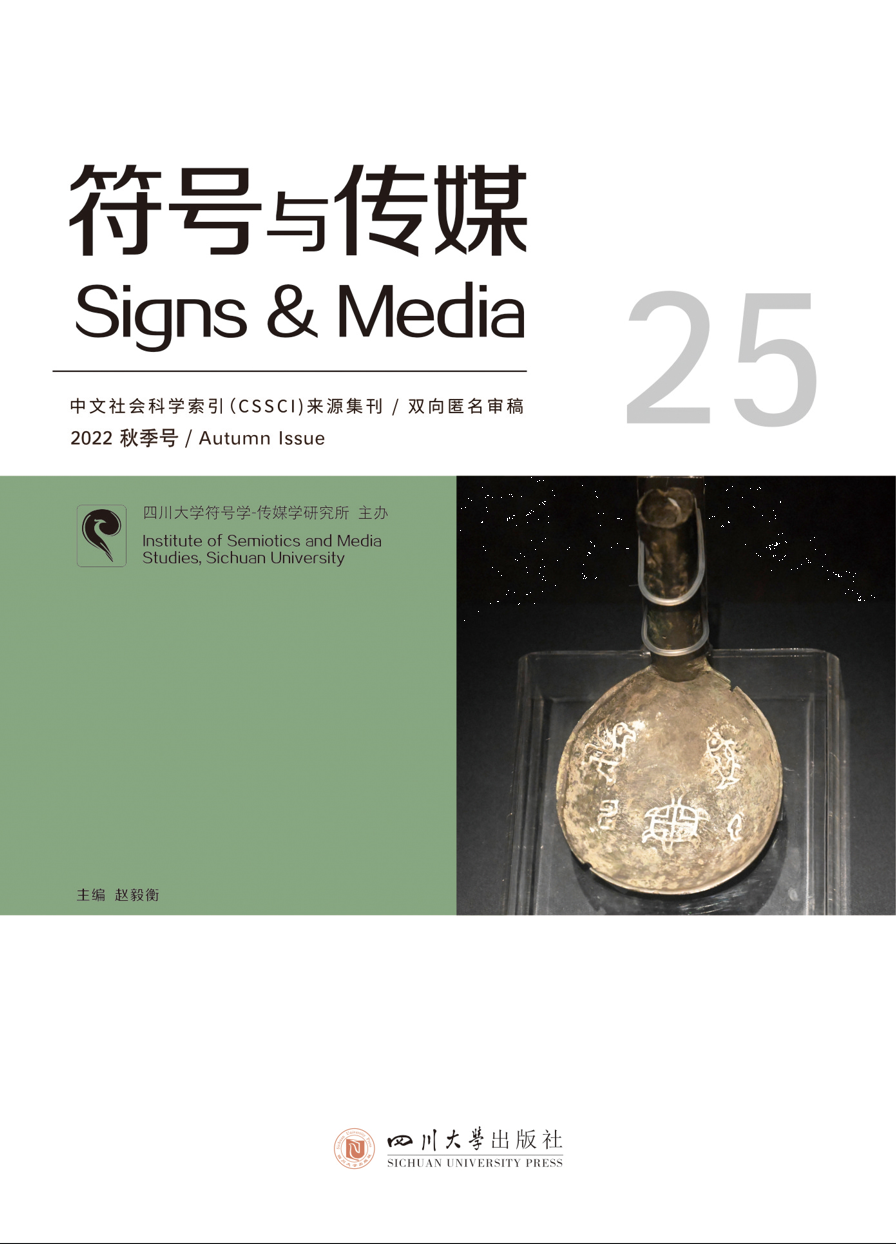The development of semiotics continues to collide with theories from different fields, and this intersection of disciplines often breaks down the traditional boundaries of the humanities and explores the spectrum of human knowledge in a more macroscopic way. In the section “Eastern European Marxist Semiotics,” Fu Qilin and Wei Xiaojin introduce the poetic construction of Solomon Marcus's mathematical thinking in an attempt to turn “mathematics in the liberal arts” into “the liberal arts in mathematics”. Zhu Hongxu examines the structure, function and ethical exploration of Henry Wald's aesthetics of humour whilst Shao Shuai introduces the development of the Marxist philosophy of language in Eastern Europe. These innovative interpretations of traditional propositions reflect the critical absorption of semiotics by Eastern European scholars in all its aspects, and represent an important part of the history of world semiotics theory.
The common focus of anthropology and semiotics on human culture has long led to intersections between the two. The Peircean approach has expanded into a new way of studying meaning that is different from that of structural anthropology. In the section “Semiotic Anthropology”, Professor Nicholas Harkness of the Department of Anthropology at Harvard University provides a detailed overview and profound analysis of the disciplinary history, core elements and developmental trends of semiotic anthropology. Li Fei examines the generation and transformation of the multi-ethnic “savage” stories in the Tibetan-Yi Corridor and the habitat and identity of these stories. Zhao Xingzhi discusses the history, influence, and revelation of indexicality in semiotic anthropology, and Xue Chen introduces a paradigm innovation in semiotic anthropology by combining the theory of qualia with Peircean semiotic theory.
In addition, this collection includes fascinating discussions by scholars on the semiotics of communication, emotion, literature, and narratology. By digging deeper into the classics and examining new phenomena, the exploration of meaning in all fields of semiotics continues apace.
Paul Cobley, Middlesex University, UK
Lian Duan, Concordia University, Canada
Nicholas Harkness, Harvard University, USA
Kalevi Kull, University of Tartu, Estonia
Mabel Lee, University of Sydney, Australia
Massimo Leone, University of Torino, Italy
Susan Petrilli, University of Bari, Italy
Eero Tarasti, University of Helsinki, Finland
Yiyan Wang, Victoria University of Wellington, New Zealand
曹顺庆(四川大学)
蔡秀枝(台湾大学)
丁尔苏(香港岭南大学)
傅修延(江西师范大学)
高建平(深圳大学)
龚鹏程(台湾佛光大学)
蒋晓丽(四川大学)
蒋述卓(暨南大学)
李 彬(清华大学)
李凤亮(南方科技大学)
李 杰(浙江大学)
陆正兰(四川大学)
乔国强(上海外国语大学)
申 丹(北京大学)
陶东风(广州大学)
唐小林(四川大学)
王 宁(上海交通大学)
王一川(北京师范大学)
徐 亮(浙江大学)
杨慧林(中国人民大学)
叶舒宪(中国社会科学院)
乐黛云(北京大学)
张 杰(南京师范大学)
张智庭(南开大学)
赵宪章(南京大学)
周 宪(南京大学)
朱国华(华东师范大学)
主 编:赵毅衡 副主编:胡易容 饶广祥
常务主编:赵星植 常务副主编:何一杰 薛晨
编 务:于化龙 贾佳 李莉 陈美月 陈诗淇 李缘 薛慧文
网络宣发:赵禹平
封面创意:卢茜娅
Email address: semiotics_media@163.com
Phone: +86-28-8541-2121
Fax: +86-28-8541-2710
Website: www.semiotics.net.cn
Official Microblog:http://e.weibo.com/semioticsscu
Official Wechat: semiotics2008
Postal Address: Institute of Semiotics & Media Studies,
Sichuan University,
No.29 Wanjiang Road,
Chengdu, 610064
China
Email address: semiotics_media@163.com
Phone: +86-28-8541-2121
Fax: +86-28-8541-2710
Website: www.semiotics.net.cn
Official Microblog:http://e.weibo.com/semioticsscu
Official Wechat: semiotics2008
Postal Address: Institute of Semiotics & Media Studies,
Sichuan University,
No.29 Wanjiang Road,
Chengdu, 610064
China
Email address: semiotics_media@163.com
Phone: +86-28-8541-2121
Fax: +86-28-8541-2710
Website: www.semiotics.net.cn
Official Microblog:http://e.weibo.com/semioticsscu
Official Wechat: semiotics2008
Postal Address: Institute of Semiotics & Media Studies,
Sichuan University,
No.29 Wanjiang Road,
Chengdu, 610064
China
